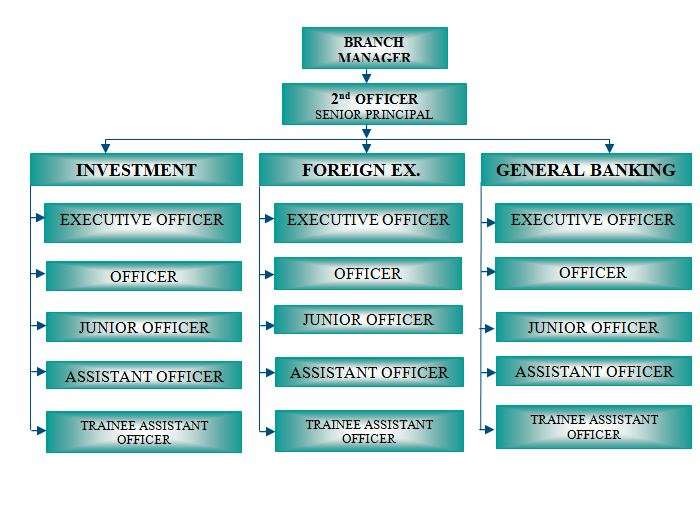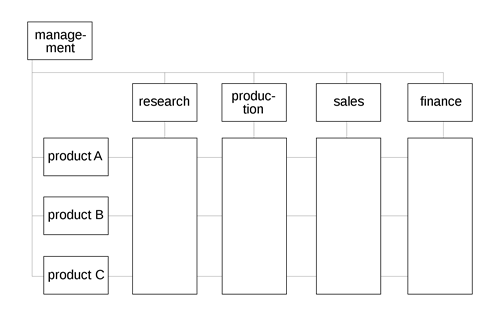How to Structure Your Business
The structure of a business can have a major effect on on it’s success. There are a number of different ways to organize the different departments and their interactions with one another. Good business structure is one of the key elements to achieving growth. The following is a list of the most common business structures and the pros and cons of each one.
Functional Organizational Structure
Functional Organizational Structure is the most common way of organizing a business. This structure separates employees into various departments based on their different skill sets and functions. Each department will operate, and be managed independently from one another. The managers of each separate department will report to a CEO or President of the company who is responsible for combining the functions of each of these departments.
The benefit of this is that each department focuses on its strengths and maximise on efficiency. However, if there is a need for collaboration between departments, it can be more difficult to facilitate this.
Matrix Organizational Structure
A Matrix Organizational Structure is similar to a Functional Structure in the departments are split up and managed separately. However, there is also opportunity for horizontal chain of command. This means that different departments can collaborate on projects more easily, making the management structure more fluid.
When departments have more opportunity to work together, projects will be more coherent than they would be if departments are working on the different components separately and trying to combine them afterwards. The downside to the Matrix Organizational Structure is that it can cause some confusion amongst employees in regard to who they should report to. If there are multiple managers assigning them tasks, it can be hard for them to know which ones to prioritize.
Geographic Organizational Structure
Some businesses that operate over a wider area may benefit from using a Geographic Organizational Structure. This structure divides the business into different geographic areas rather than departments based on function, like the previous two examples. It is best used for businesses that operate over state lines, or in multiple countries.

pmbbun / Pixabay
If your business involves a large amount of logistical demand, then a Geographic Organizational Structure can help you to break down and properly manage them. You will, however, lose some of the benefits of having departments that are focused around specific expertise.
How to implement structure
Once you have chosen the structure that best fits your business, you will need to implement it. The first step is to clearly lay out your new structure. The best way to do this is to use an Organizational Chart, this website can give you information on how to create your own.
You will need to decide on the separate departments you are going to break your business down into and choose the right people to head them. If you are using an organizational structure that encourages collaboration between departments, then you should consider the working relationship of your chosen managers. This will ensure that any collaboration will be beneficial and there will be no clashes between departments.
If you follow these steps, you can structure your new business in a way that will maximise efficiency and profits.



